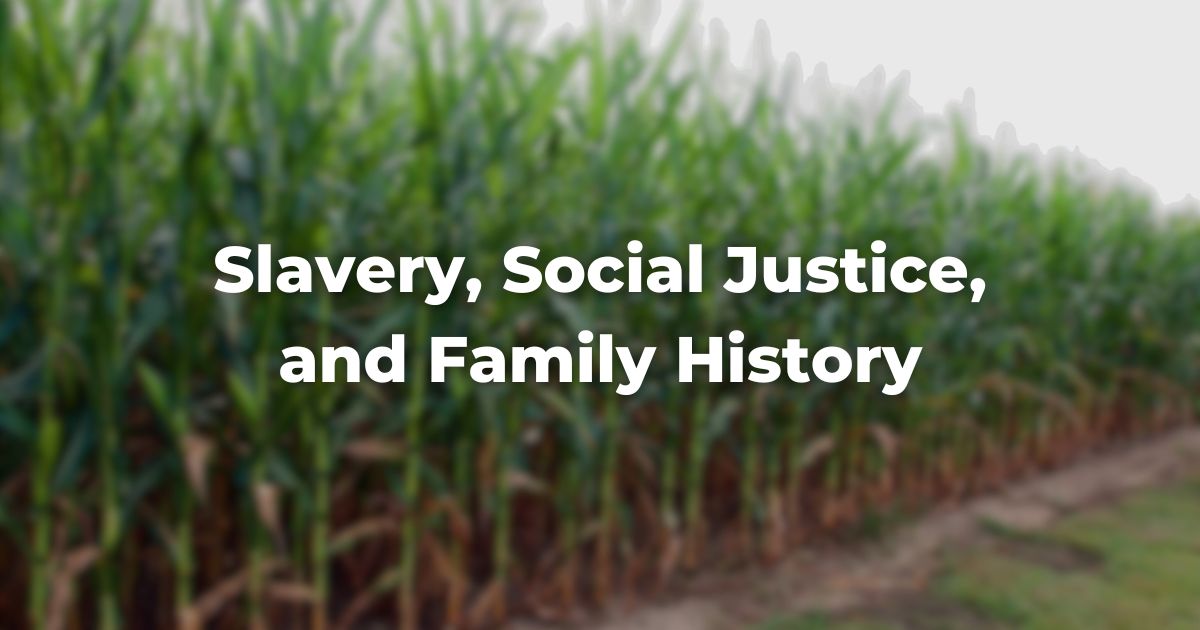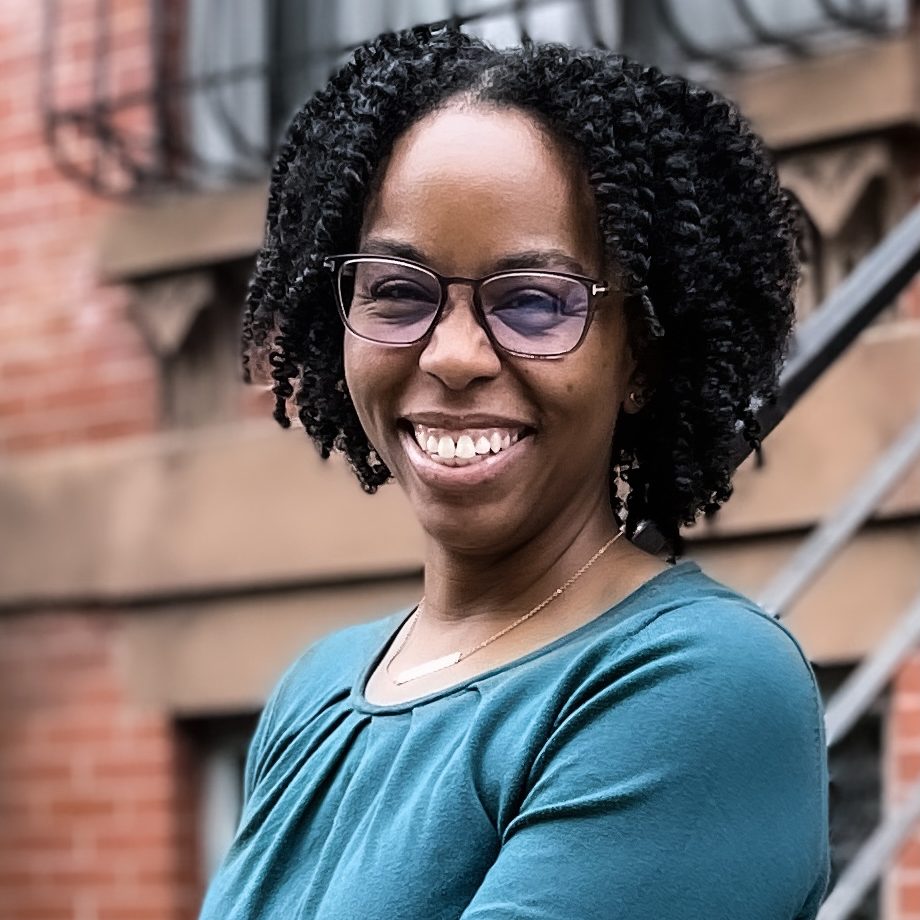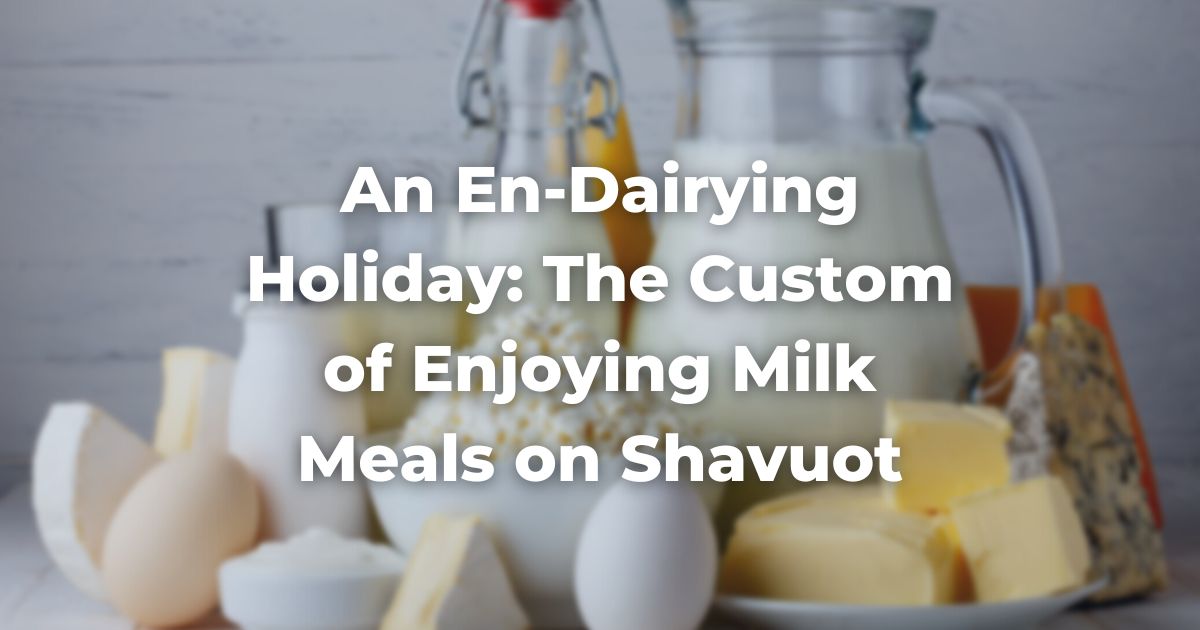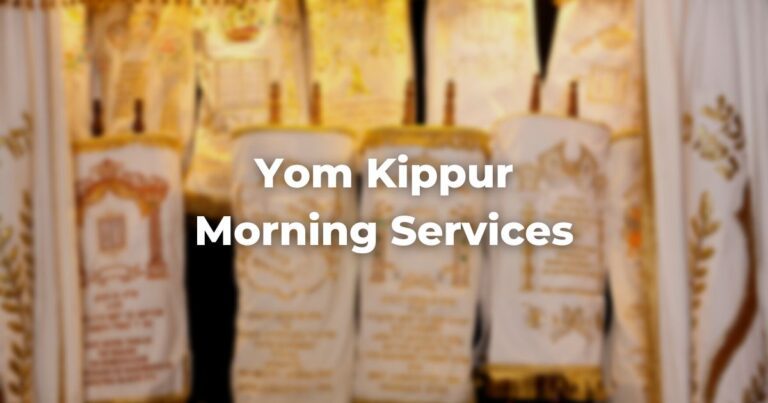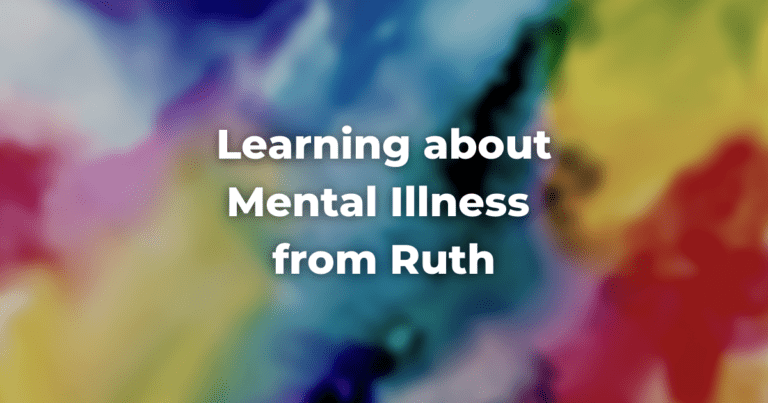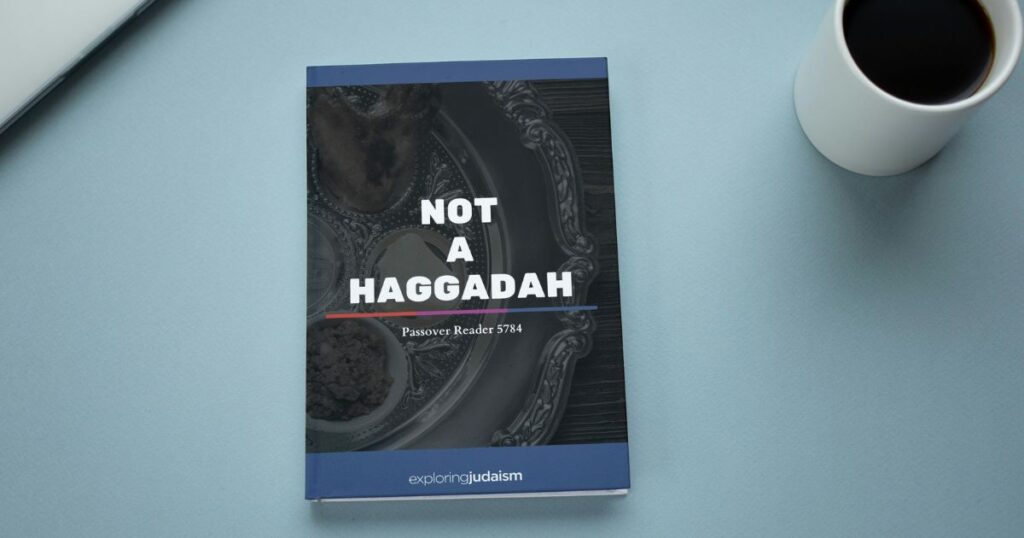This piece is part of Exploring Judaism’s 5784 Passover Reader. Download the whole reader here.
The Pilgrimage to the South with the Racial Justice Subcommittee of the Social Justice Commission (of the Conservative/Masorti Movement) was a different type of trip for me than it was for the other participants. As the only Black Jew, there was a lot of emotional preparation that was required for me to visit what is sacred land in an entirely different way.
Our itinerary led us through some of the places where my people, for better or worse, became American. My family history started in the South–according to my “23andMe” results, it is where my Nigerian and West African (including Ghanaian, Senagambian–Fula and Wolof from the New Orleans area) ancestors were enslaved by the 13.4% British ancestry that courses through my veins and that has shown up in the eyes of my youngest child.
For me, this trip was not just an exploration of topics from slavery to mass incarceration and the implications on our Social Justice work as Jews; it was an exploration of my own family history.
Our visit to the Whitney Plantation Museum was visceral. As we were whizzing by tree-filled marshes, all I could think was, “This is where my people ran and hid.”
As marshland gave way to fields, my thoughts and physical reactions began to change. I vividly recall a clenching in my chest and my spirit saying, “We’re here,” minutes before seeing the sign that confirmed that we had arrived. It rained throughout that day, and every time the sky opened up, I wondered if that’s when I would have wanted to flee when the sound would have covered my steps. The layout of the plantation demonstrated just how challenging escape would have been; it all became very real, and that was only day one.
After unpacking the layers and complexity of enslavement, doing the math of the monetary value of enslaved people and the relative amount of acreage each body was forced to work, visiting the site of the Clotilda; reading a wall of newspaper clippings advertising and celebrating lynching of Black bodies and visiting the Nation Memorial for Peace and Justice (coined the ‘Lynching Memorial’) I was pulled into myself and I’m still not quite sure if I have fully re-emerged.
The person that I was prior to this pilgrimage is forever changed.
At several points during the trip, I wondered what this all meant about the work that so many of us have dedicated ourselves to and what it meant about the obligation we carry as a Jewish people.
In 1861, Rabbi Raphall gave a sermon that was also printed on the front page of newspapers, preaching his biblically defended support of the institution of American chattel slavery. When Rabbi Einhorn published a rebuttal and appealed to his fellow Jews not to allow Rabbi Raphall’s position to be the voice of American Jewry, he was removed from his pulpit. This history is part of our reckoning.
There’s a famous picture that we use of Rabbi Heschel standing with MLK, but we don’t talk about the sign in the background advertising a store owned by a prominent local Jewish leader who was staunchly anti-integration. We don’t tell the story of the resistance that Jewish leaders received for joining the Civil Rights movement. Those stories are also part of our reckoning.
Part of our trip included a visit to a synagogue in Montgomery, Alabama, where we were treated to the best of Southern hospitality and to stories of the parts of their own history of action and inaction during the Civil Rights movement that they had worked through as a community. “We could have done more” was something that they were honest about, and I think that’s an important part of this work. What internal work are we doing both as individuals and as communities that holds us accountable to the part that we played (as actors, bystanders or upstanders) in the painful racial history of our respective countries?
Maimonides and Rabbi Ruttenberg teach us that we have reached the final level of Teshuvah when, in the moment that we are confronted with a similar situation, we respond with all the new learning we attained throughout the process.
Though we are each at different points in this journey, with what we know now, how are we intentionally moving through the world differently? When we recite the Shema, how do we include these learnings in what we teach our children so they grow up with a different set of tools? What is the story we will tell them?
This work is messy, and it is raw, and we will get things wrong, but in order to move forward in this work, we must do so together, with a commitment to a shared vision that includes these types of actionable reflections. And in order to achieve that vision, we must be able to hold each other’s histories and feel mutual obligation and accountability for each other’s futures.
If I’m being honest, Pesach is a holiday that I struggle with because of the overlay of my own family history with enslavement and liberation in the United States.
This year, I’m starting a new practice to settle the mourning in my soul.
Upon our return, I said Kaddish for Marthie and Rosetta, two names of enslaved women that we’ve been able to trace our ancestry back to so far. Marthie had four children by her enslaver, and when he died, she became the property of his son, by whom she had three more. Rosetta had 11 children by her enslaver and one by his son before she died.
It is because of the horrors that happened to their bodies that I get to live freely as a mother, by choice, in mine. Lost were names, languages, cultures, and so much life, and honoring them in this way brings me a level of peace.
In my skin, I wear a future that my ancestors may have not even been able to dream of, and in my heart, I hold their legacy. I do not take either truth for granted and being able to explore all of this through the framework of my Judaism, alongside others who were wrestling in different ways, was a blessing. It was a very powerful four days.
Author
-

Rabbi Heather Miller is a school leader and President of the Flatbush and Shaare TorahRefers to the first five books of the Hebrew Bible, the Tanakh, also called the Five Books of Moses, Pentateuch or the Hebrew equivalent, Humash. This is also called the Written Torah. The term may also refer to teachings that expound on Jewish tradition. Read more Jewish Center. She is passionate about creating embracing spaces for all of the intersected identities in both the religious and secular parts of her life. Rabbi Heather merges her skill sets as a USCJ Board member and with other organizations. She is honored to have been selected as one of NY Jewish Week’s 36 to Watch 2023 and to have had her work featured in the nationally syndicated PBS show Table for All with Buki Elegbede. Her favorite role is as the mother of three amazing boys who are descended from both freed slaves and Holocaust survivors.
View all posts

